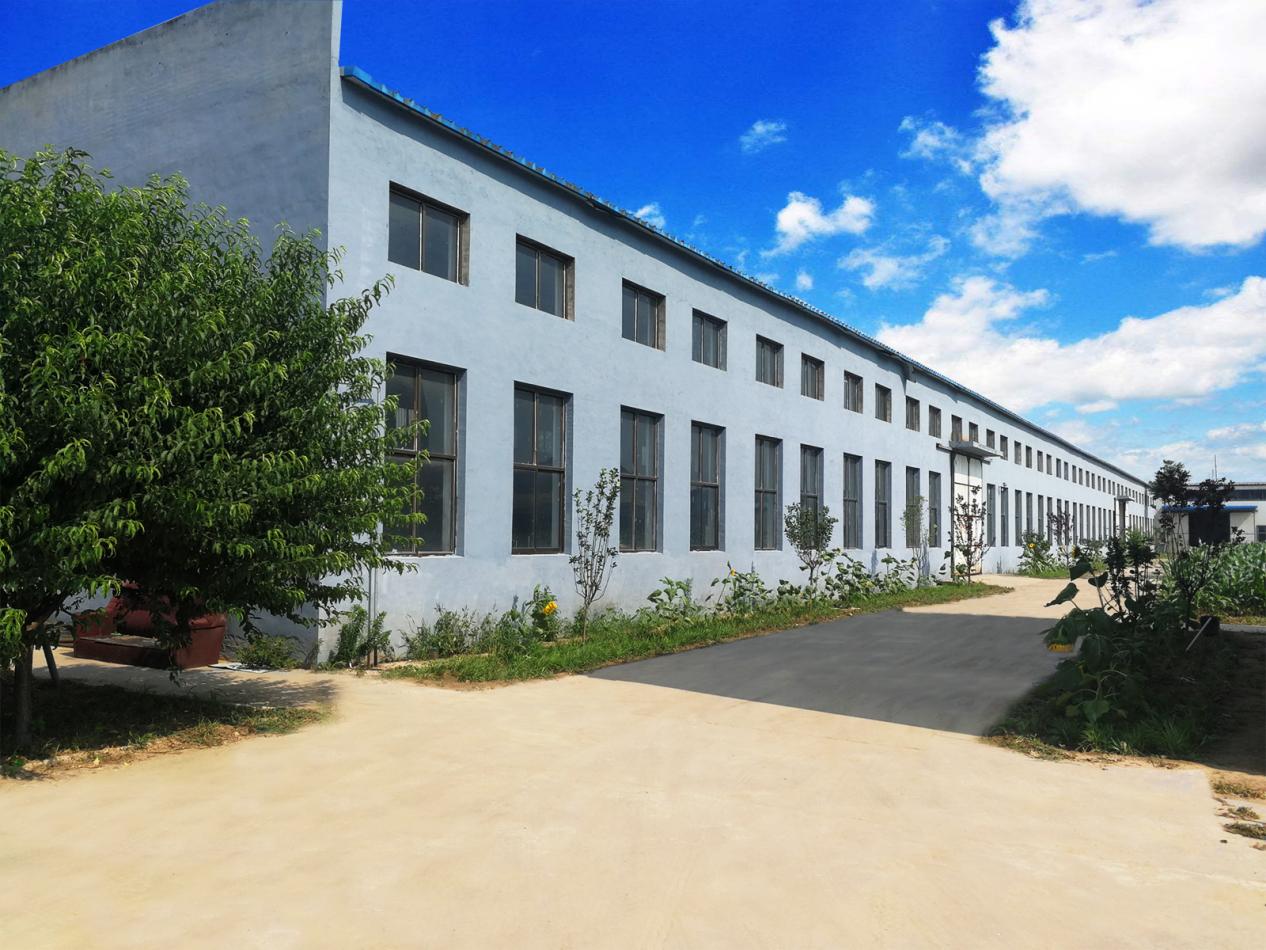Nov . 30, 2024 14:22 Back to list
Understanding the Functionality of Lift Check Valves in Fluid Systems
Understanding Lift Check Valves Function, Types, and Applications
Lift check valves are critical components in various fluid systems, designed to control the flow of liquids and gases. Unlike gate valves that are used for stopping or starting flow, lift check valves ensure unidirectional flow, preventing backflow in pipelines. This article intends to explore the function, types, and applications of lift check valves.
Function of Lift Check Valves
The primary function of a lift check valve is to maintain one-way flow in a system. By preventing reverse flow, these valves protect equipment from potential damage and maintain operational efficiency. When the fluid flows in the designated direction, it pushes a disc or poppet off its seat, allowing the fluid to pass. When the flow reverses or stops, the disc or poppet falls back onto its seat, effectively closing the valve and preventing backflow.
Lift check valves are typically more responsive than other types of check valves, such as swing check valves. Their design allows them to react more quickly to changes in fluid flow, which is essential for systems that require delicate handling of fluids, such as water treatment plants and industrial processes.
Types of Lift Check Valves
Lift check valves can be categorized based on several factors, including design and installation orientation
. The most common types include1. Vertical Lift Check Valves Installed vertically and designed for applications where the flow direction is primarily upward. They utilize gravity to assist in closing the valve quickly.
2. Horizontal Lift Check Valves Installed horizontally when space constraints exist. They function similarly to vertical models but may require additional considerations for ensuring proper closure.
lift check valve

3. Piston Lift Check Valves These utilize a piston mechanism to control flow and provide a tight seal, making them suitable for high-pressure applications.
4. Ball Check Valves Similar to lift check valves but using a ball instead of a disc to prevent backflow, offering greater resilience in specific applications.
5. Spring-Assisted Lift Check Valves These incorporate a spring mechanism to help the disc return to its seat faster, further ensuring no backflow occurs.
Applications of Lift Check Valves
Lift check valves have widespread applications across various industries. They are commonly used in
- Water and Wastewater Treatment Ensuring proper flow direction protects pumps and other equipment from damage due to backflow. - Chemical Processing In processes where corrosive or hazardous fluids are handled, lift check valves prevent backflow that could compromise safety or contamination. - Oil and Gas Used in upstream and downstream processes, these valves help ensure the integrity of pipelines and associated equipment. - Heating and Cooling Systems In HVAC systems, lift check valves prevent the reverse flow of coolant, maintaining efficiency in temperature control.
- Fire Protection Systems Lift check valves ensure water supply to fire hoses and sprinklers effectively without the risk of draining back.
Conclusion
Lift check valves play an integral role in maintaining the integrity and efficiency of fluid systems across a range of industries. Their ability to prevent backflow protects sensitive equipment and processes while ensuring the safe and efficient movement of fluids. With various types available, there’s a lift check valve suited for almost every application, underscoring their importance in modern industrial operations. Understanding their function, types, and applications can help engineers and technicians choose the right valve for their specific needs, ensuring optimal system performance.
Share
-
Reliable Wafer Type Butterfly Valves for Every IndustryNewsJul.25,2025
-
Reliable Flow Control Begins with the Right Ball Check ValveNewsJul.25,2025
-
Precision Flow Control Starts with Quality ValvesNewsJul.25,2025
-
Industrial Flow Control ReliabilityNewsJul.25,2025
-
Engineered for Efficiency Gate Valves That Power Industrial PerformanceNewsJul.25,2025
-
Empowering Infrastructure Through Quality ManufacturingNewsJul.25,2025